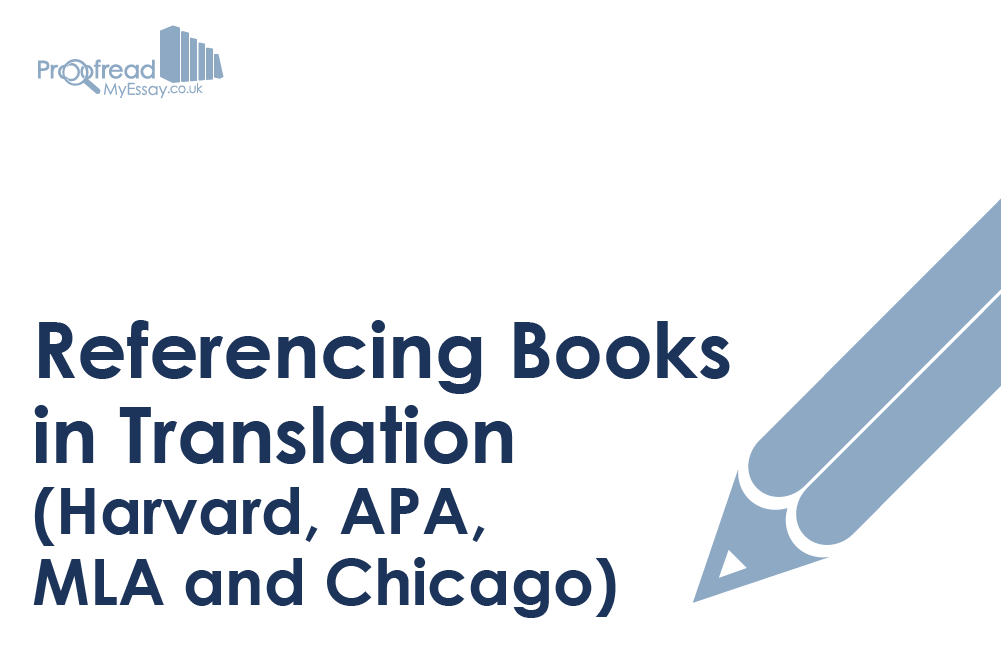Translators are the overlooked heroes of written communication. After all, most of us can name a few foreign-language authors whose books we’ve read in translation, yet there aren’t many famous translators out there! However, in academic writing it’s important to consider how texts have been translated.
Why Translation Is Important
Translation is crucial because some texts have been translated more than once, which may affect how we understand the source. The Bible, for instance, has been translated hundreds of times, often with subtle differences.
As such, when citing a source you’ve read in translation, it’s important to note the translator’s name as well as the author’s name.
Most referencing systems have conventions for doing this. In this post, we run through the rules for referencing books in translation using four citation styles.
Harvard
Harvard referencing rules differ between universities, but generally you should name the translator and the language from which a book was translated:
Freud, S. (1976) The Interpretation of Dreams (trans. from German by J. Strachey), Harmondsworth, Penguin.
APA
When citing a work in translation in APA referencing, you will need to give both the year it was originally published and the year it was published in translation:
Freud (1899/1976) was the first to note this phenomenon.
In the reference list, meanwhile, you will need to name the translator and ‘Trans.’ after the title of the source, along with the original date of publication in parentheses at the end of the reference. For instance:
Freud, S. (1976). The interpretation of dreams (J. Strachey, Trans.). Penguin. (Original work published 1899)
MLA
With MLA referencing, much like Harvard and APA, you should name the translator after the title of the book in the ‘Works Cited’ list:
Find this useful?
Subscribe to our newsletter and get writing tips from our editors straight to your inbox.
Freud, Sigmund. The Interpretation of Dreams. Translated by J. Strachey. Penguin, 1976.
Chicago
With Chicago referencing, the conventions for translated works depend on whether you’re using in-text citations or a footnotes/bibliography system, although both involve providing the translator name after the title of the book.
If you’re using in-text citations, simply note the translator’s name when you provide full details in the reference list:
Freud, Sigmund. 1976. The Interpretation of Dreams. Translated by James Strachey. Harmondsworth: Penguin.
If using footnote citations, the first citation should also mention the translator (subsequent citations can be shortened as usual):
1. Sigmund Freud, The Interpretation of Dreams, trans. James Strachey (Harmondsworth: Penguin, 1976), 136–42.
The bibliography then repeats this information, including the translator, with slightly different punctuation:
Freud, Sigmund. The Interpretation of Dreams. Translated by James Strachey. Harmondsworth: Penguin, 1976.
And if you’d like any more help with your referencing, why not submit your work for proofreading today? You can even sign up for a free trial first.



